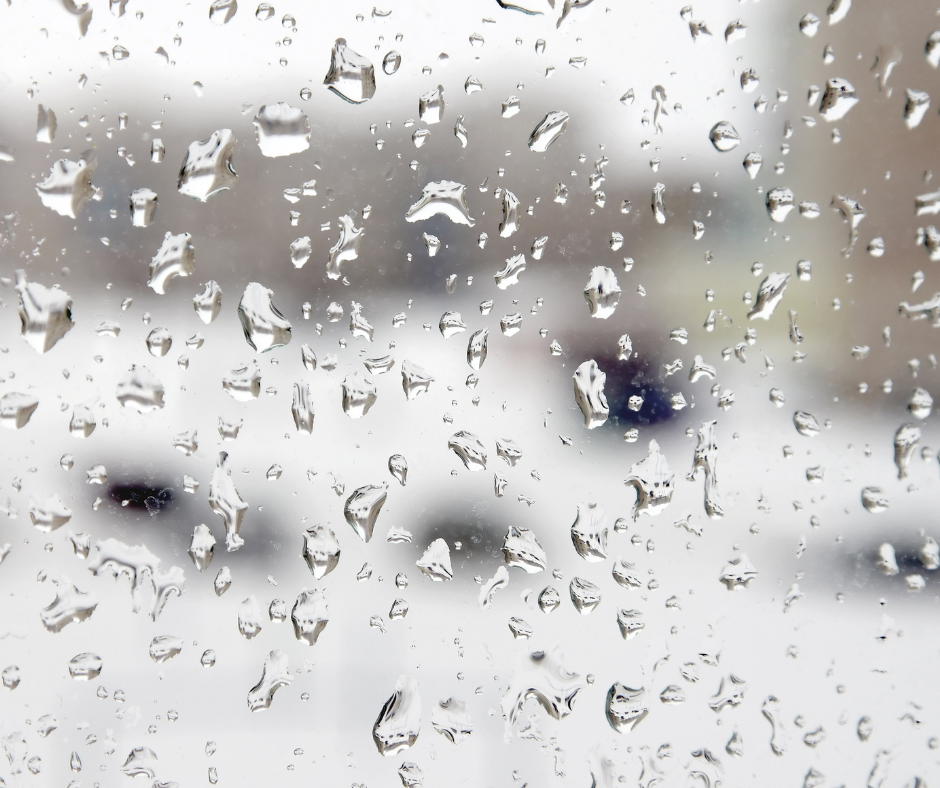As someone who suffers from Seasonal Affective Disorder, signs of spring and spring arriving, are a massive mental health release for me. I shared this video on our social media.
Each year as the days grow shorter, and the nights show signs of coming in earlier, the weather gets colder and damper and winter begins to set in, I feel the shadows of depression creep up on me, slowly. Winter is bad for my mental health, and always has been, and as I have come to know as an adult, it is not just me that struggles.

Seasonal Affective Disorder (SAD) is a type of mood disorder characterized by recurrent episodes of depression that occur at specific times of the year, typically during the fall and winter months when daylight hours are shorter. While less common, some individuals may also experience SAD during the spring and summer months, although this is rarer.
The exact cause of SAD is not fully understood, but it is believed to be related to changes in light exposure, which can disrupt the body’s internal clock (circadian rhythm) and affect neurotransmitter levels in the brain, particularly serotonin and melatonin. Reduced sunlight exposure during the darker months can lead to alterations in these neurotransmitters, which play a crucial role in regulating mood, sleep, and appetite.
Common symptoms of SAD include persistent feelings of sadness, hopelessness, and irritability, along with changes in sleep patterns (such as oversleeping or insomnia), appetite (increased cravings for carbohydrates and weight gain), low energy levels, difficulty concentrating, and social withdrawal. These symptoms can significantly impact an individual’s daily functioning and quality of life.
Many people embrace winter and enjoy the season. I find it brutally hard and one day hope that I am able to live in a country with less extremes of seasons where my mental health won’t be impacted quite so much each year. For me, I usually find I start to struggle in mid October with the peak being January, then as spring starts to arrive, by mid April, I start to feel less of the symptoms.
Spring represents new starts, new beginnings, the end of winter, the coming of new life, better weather, life changes, and new opportunities. In may countries, cultures and belief systems, the start of spring or the signs that spring is on it’s way are celebrated and embraced with great joy and expectation.
For those of us that battle through winter with our mental health, spring is about relief. It’s about feeling better in our minds and our bodies. It means we don’t have to fight as hard every day to get out of bed and face the world. It literally lifts our minds and we start to feel better. It’s very hard to explain if you don’t have seasonal affective disorder, to someone, how hard the winter months can be on us and I can tell you that if we feel spring is coming but then winter makes an attempt at combat, other people might be a bit fed up with that, for us it feels like ten steps back in our attempts to climb out of the mental health black hole that winter has thrown us into.

So for me, spring is relief. It’s not just about the signs of a new season, planning the garden I want to grow, looking forward to things. It is literally a light going on in my brain and things starting to feel better.
If you suffer from winter blues or seasonal affective disorder, is spring your light at the end of the tunnel, like it is for me?